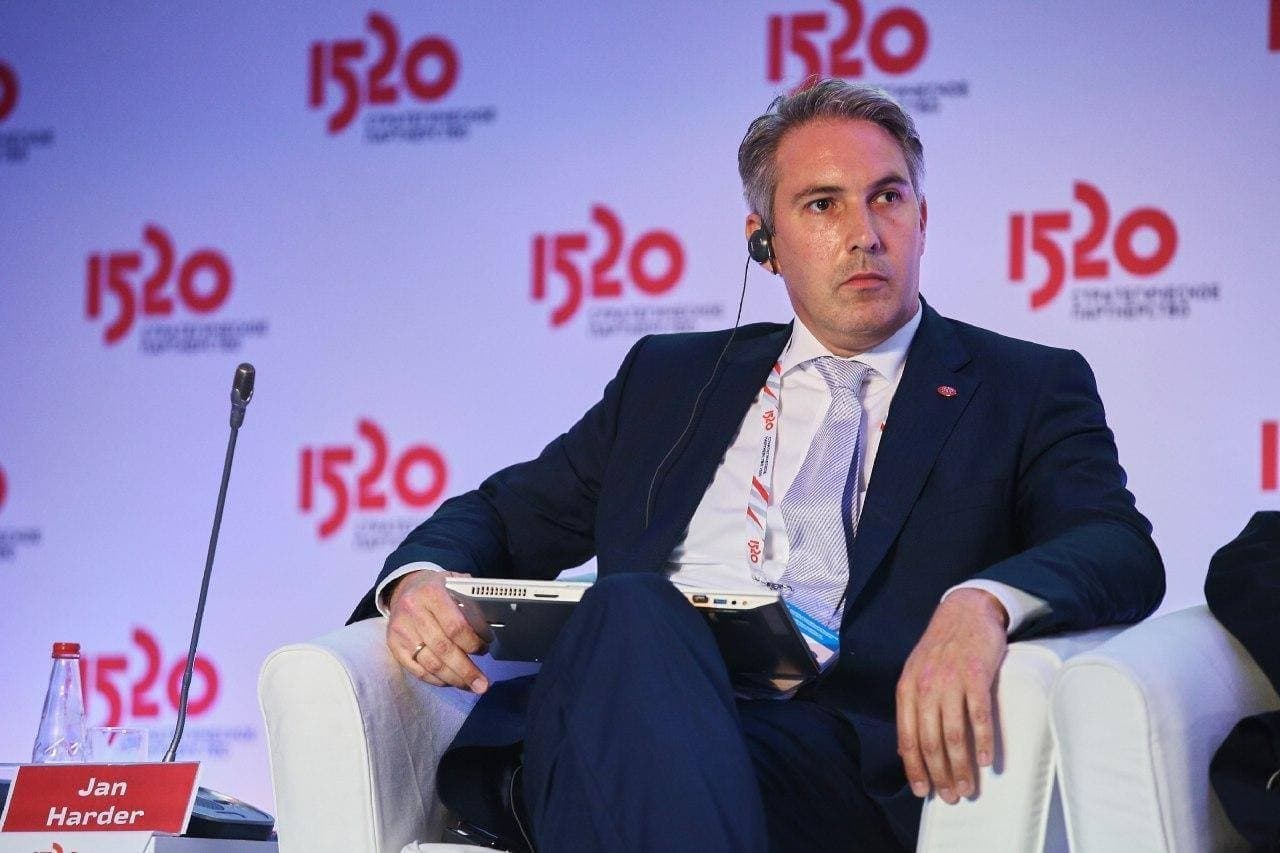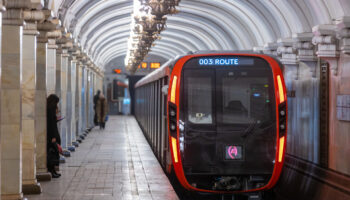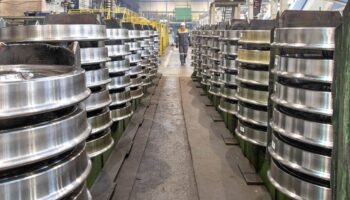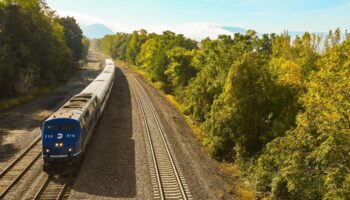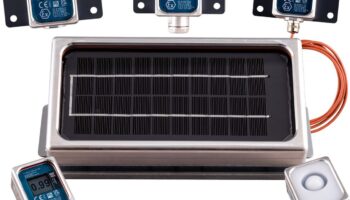After decades of globalisation in the rail industry with the overall target to cut costs and optimise profits supply chain organisations faced with the major challenge in the last two years.
The Covid-19 pandemic crisis and also the accident of the “Ever Given” container ship demonstrate how vulnerable global supply chains are and how long it takes to recover from such incidents and impacts. These experiences and suffered impacts on production processes lead to new approaches to bring back the works and the production capacities to the neighbourhoods or at least the surrounding states to ease the availability of supplies and expertise in the challenging environment of rolling stock production.
The classical buyer’s triangle consists of three ingredients: price, quality and availability. While quality seems to be fundamentally regulated by the rail industry, quality norms and systems, the purchasing decisions were dominated by the regime of cutting costs. By the high-pressure of end customers and national procurement requirements the last 20 to 30 years could be defined as the age of localisation. The traditional home-based manufacturing approach was step by step weakened by following the requirements of purchasing decisions of customers to localise production in their countries and establish rail industries.
The Chinese rail industry today is the best example of showing how supply chains changed from the traditional headquarter based manufacturing of example Alstom in France, Siemens Mobility in Germany or Skoda Transportation in Czech Republic. Over decades the manufacturers themselves established the manufacturing know-how in China and supported due to low cost of labour the growth of Chinese suppliers and Chinese based manufacturing sites of European suppliers. As the consequence, the technology and know-how were transferred from Europe to China and created today a strong competition from China all over the globe not only by CRRC but also from Chinese components producers increasingly.
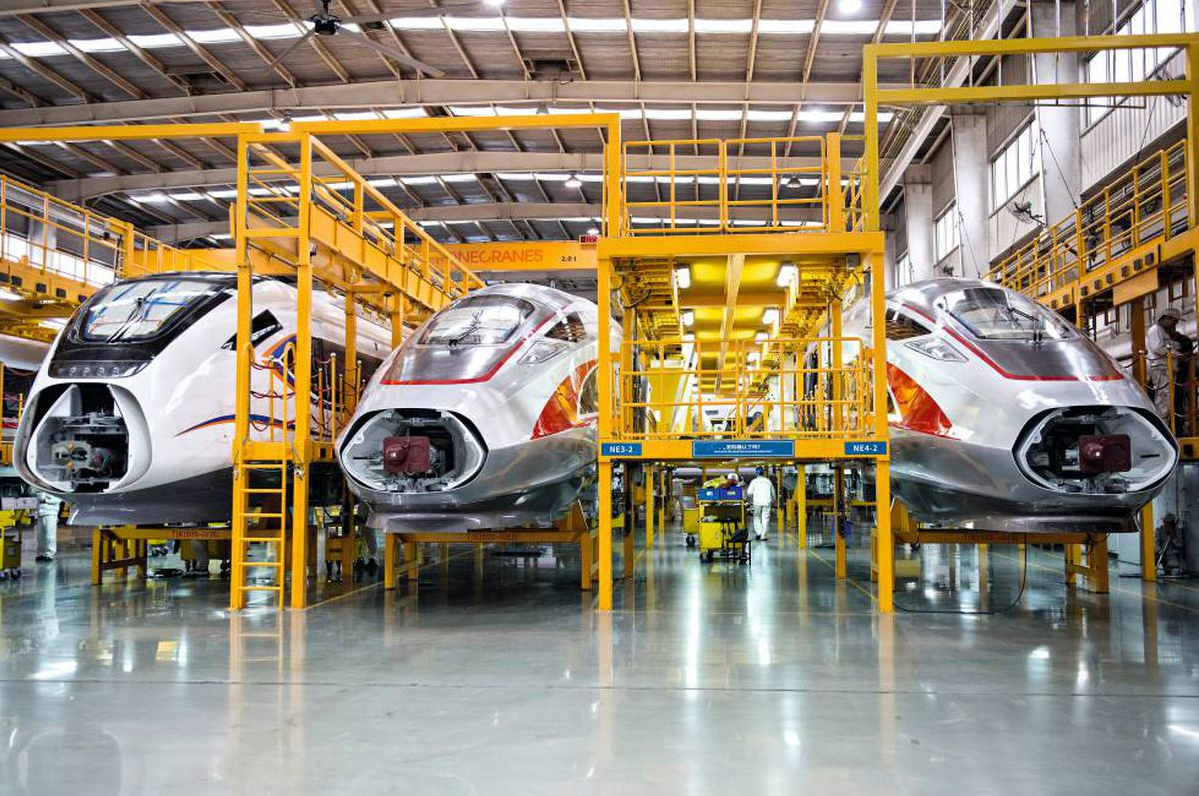 “The technology and know-how were transferred from Europe to China and created today a strong competition from China all over the globe”. Image source: tamaulipaspost.com
“The technology and know-how were transferred from Europe to China and created today a strong competition from China all over the globe”. Image source: tamaulipaspost.com
Today we have learnt in the rail industry more than ever: besides quality and price the availability of supplies is key to secure sustainable cost reduction while preventing production stops. But how can we reach this based on today’s knowledge? The consequence must be that we return to local and more regional supply chains to outbalance: 1) the risk of loosing technology primacy, 2) the risk of being dependent, and 3) the risk of increasing the rail industry manufacturing capacities to other regions in the world. Alongside being a rolling stock manufacturer of the most sustainable mode of transport, climate change urges our industry to decrease the CO2 footprint of the supply chain and the “buy more local or regional” attitude will definitely help while modern and more sustainable production methods must be used.
As an example, the recently started initiatives of the European Union to support the expertise and the production of batteries and microchips can be given. The overall aim to reduce the dependency on highly emerged countries like China and Taiwan in those areas is correct and shall be supported. However, the needed funds must be increased to really compete with state initiatives as e.g. in China. The same applies for the initiatives to push the manufacturing capabilities and capacities towards CO2-free steel production which will lead in the short term to high purchasing costs for the industry but in the long term the pricing will be adjusted to a normal level.
Also, the OEMs shall rethink their continuous outsourcing initiatives to further decentralise their manufacturing capacities. We have to return to strengthen the national industry and secure the small and medium sized industry to survive the price war and the pressure on high labour rates. To keep the second source at home or to bring it back must be a development target of the supply chain organisations. The market environment facing high volume contracts in the mobility sector is an excellent starting point to secure needed additional production capacities and to develop it further in the future. In the procurement decisions local or national manufacturers should be receiving benefits and be evaluated more positively than low cost suppliers to outbalance possible higher selling costs.
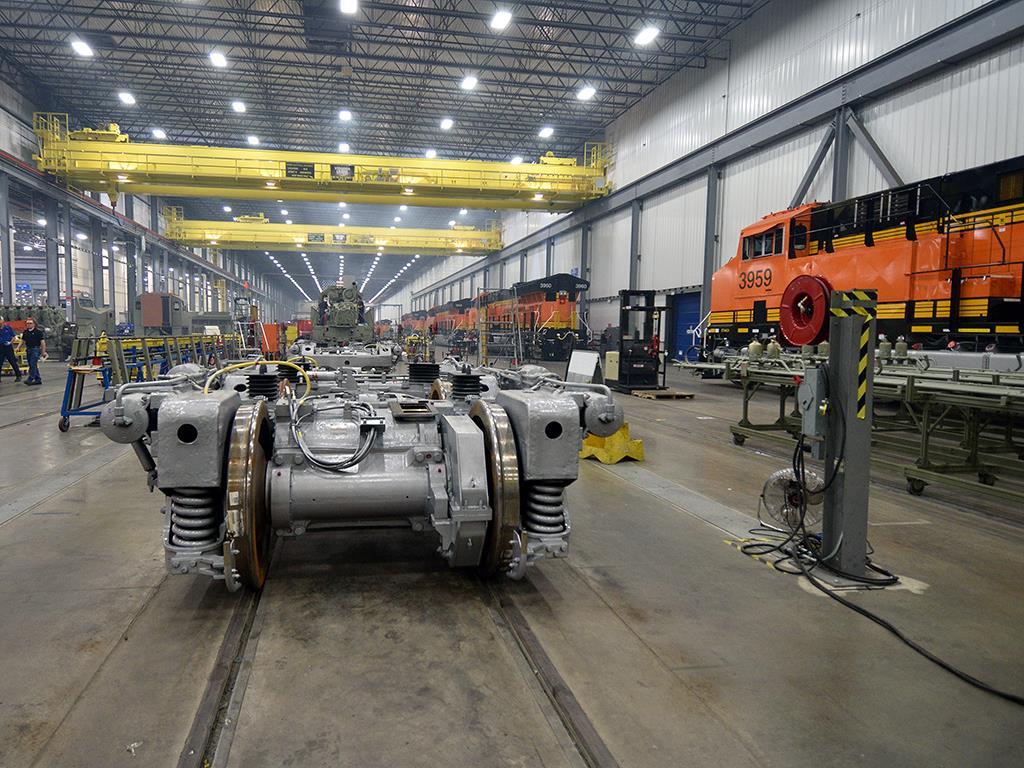 “Some countries as e.g. the US, India, China and Russia have already introduced «Buy National» programs for public procurement”. Image source: Railway Gazette
“Some countries as e.g. the US, India, China and Russia have already introduced «Buy National» programs for public procurement”. Image source: Railway Gazette
Such private and state initiatives are not welcomed only. Critics see the high probability that such measures could worsen the competitive positioning of the industry. If not regulated in general and for all those competitors from low cost countries could reach more favourable results if not accepting such new rules and offer therefore at lower costs.
This argument is correct and shall be taken. This means countermeasures must be taken to overcome the expected change of the competition landscape. Some countries as e.g. the US, India, China and Russia have already introduced “Buy National” programs for public procurement. This would help as well to outbalance the handicap of more costly supply chains if created as described above. However today these are still more national measures and must be agreed on the international arena as e.g. the WTO if we really want to change the approach. Costs reduction always corresponds with increase of profit and the players in the market will use any measures to realise those since this is the mandate of their shareholders or owners. The game rules need to be changed and such international initiatives in and for the rail industry are required.
Jan Christoph Harder,
Industry Expert and Strategy Consultant
***
Author’s bio: More than 25 years senior executive manager and industry expert in railway, postal & airport automation with the professional career path in Siemens, Alstom, Transmashholding and Swiss Molinari Rail. Since 2000 international lawyer with the Bar in Freiburg, Germany, scholar, negotiator and deal maker based in Kreuzlingen, Switzerland.



